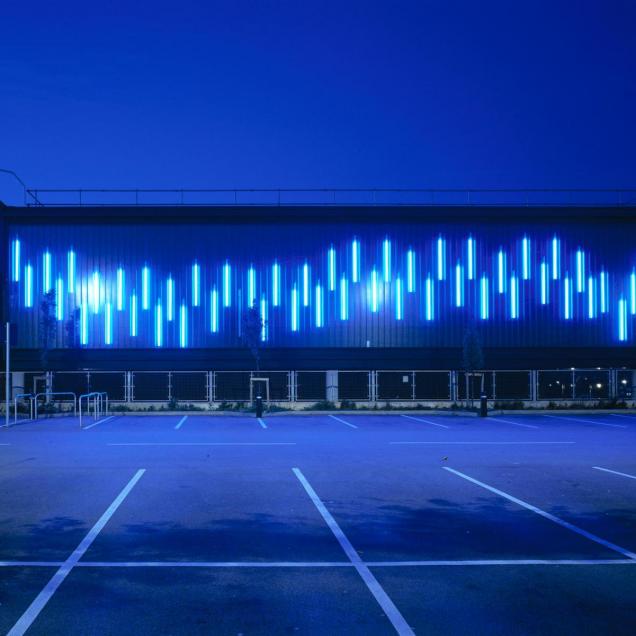

Trevor Phillips says designers must consider community cohesion when planning new developments
Britain’s race relations chief has issued a stark warning that the high density development favoured by the government could add to simmering racial tensions across the UK.
Comments by the chair of the Commission for Racial Equality, Trevor Phillips, were backed by leading academics who admitted they “haven’t a clue how to create mixed communities��?.
Phillips was speaking to BD after a presentation on ghettoes at the RIBA conference in Venice last week. “Suburbs are extended communities where people have to share tube stations or shops,��? he said. “What worries me about high density is that you can create these islands.��?
“The drive towards greater density, which I understand and think is a legitimate ambition, leads to greater bonding between people who live in an area, and we need to make sure that doesn’t lead them to turn their backs on everyone else, because that’s how the social and psychological walls go up around communities.��?
Phillips added that, at the moment, segregation is “the nature of a city,��? and said that the main task was to create bridges between communities “to prevent that descending into a kind of ethnic segregation in which you build in tension and hostility��? (see box).
The head of the Institute of Community Cohesion, Ted Cantle, who led the Home Office investigation into the 2001 riots in Oldham and Burnley, said Phillips “may well be right,��? and issued an urgent call for research.
“Here we are, about to build one million homes in the South-east without a clue as to what creates a mixed community,��? he said. “High-density housing is increasing and there is evidence of increased segregation and different groups becoming more exclusive. Design might be a factor in this.��?
Trevor Phillips laid out a model of community cohesion based around what are sometimes called “banal encounters��? — casual meetings between people of different ethnic or social backgrounds in the supermarket queue or at the school gates.
Such meetings, the theory goes, enable people to become used to one another in non-charged situations, thus lessening fear of “the other��?.
Architects and town planners can encourage such encounters by, for example, positioning super-markets on the borders between communities, with entrances on both sides. One example lauded as a success by Ted Cantle is Pringle Richards Sharratt’s Oldham library (pictured).
Positioned between the town centre and the ethnic minority residential areas, the library and its community facilities are actively used by people from all backgrounds. The building site was not touched during the 2001 riots, although it was very close to the disturbances.
Link: Building Design 3rd November 2006
© Building Design 2006